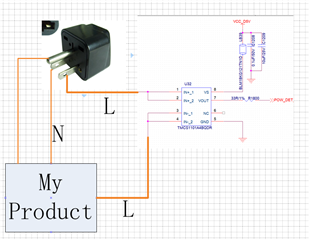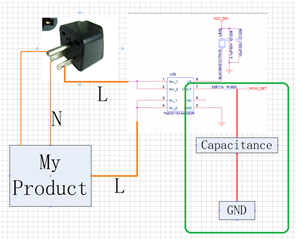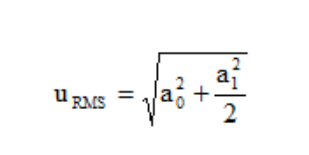Hi all
I use the TMCS1101A4B to detect the current of my product. The schematic just as below

My product is 10W and the current is maybe 90 mA
And the slope rate of TMCS1101A4B is 400mv/A, So theoretically i can see 45mV change in the output line
But in my test , i can not see any change when i connect my product or not
So Does it is correct?
Thanks.





